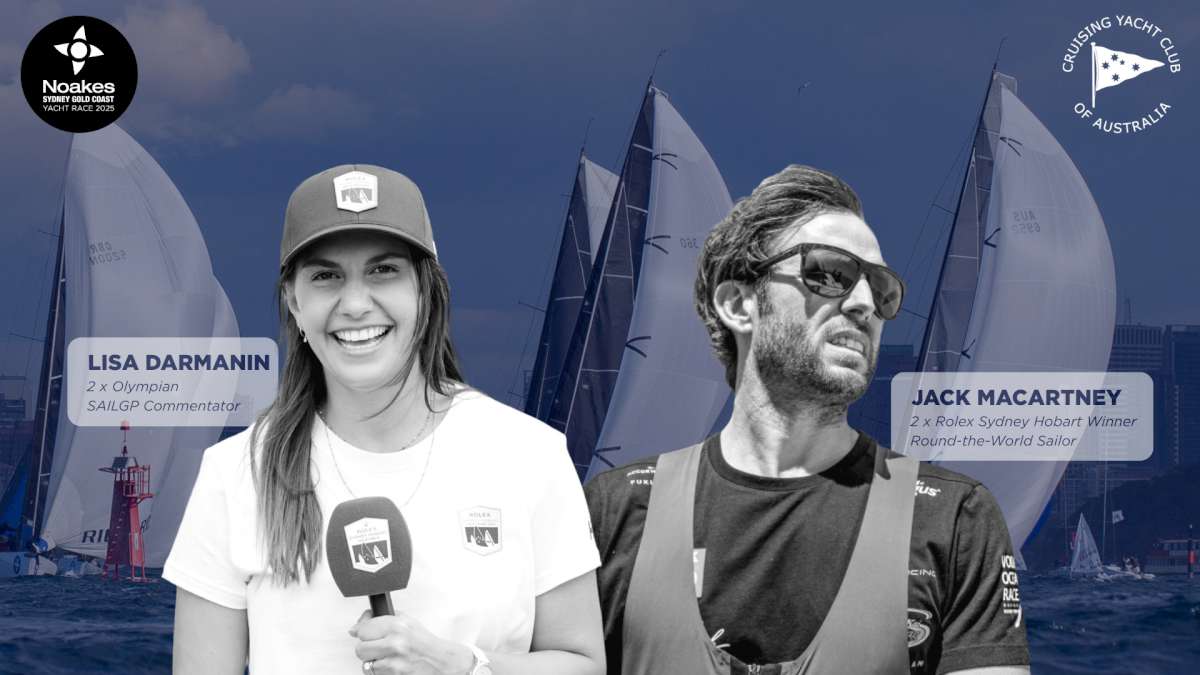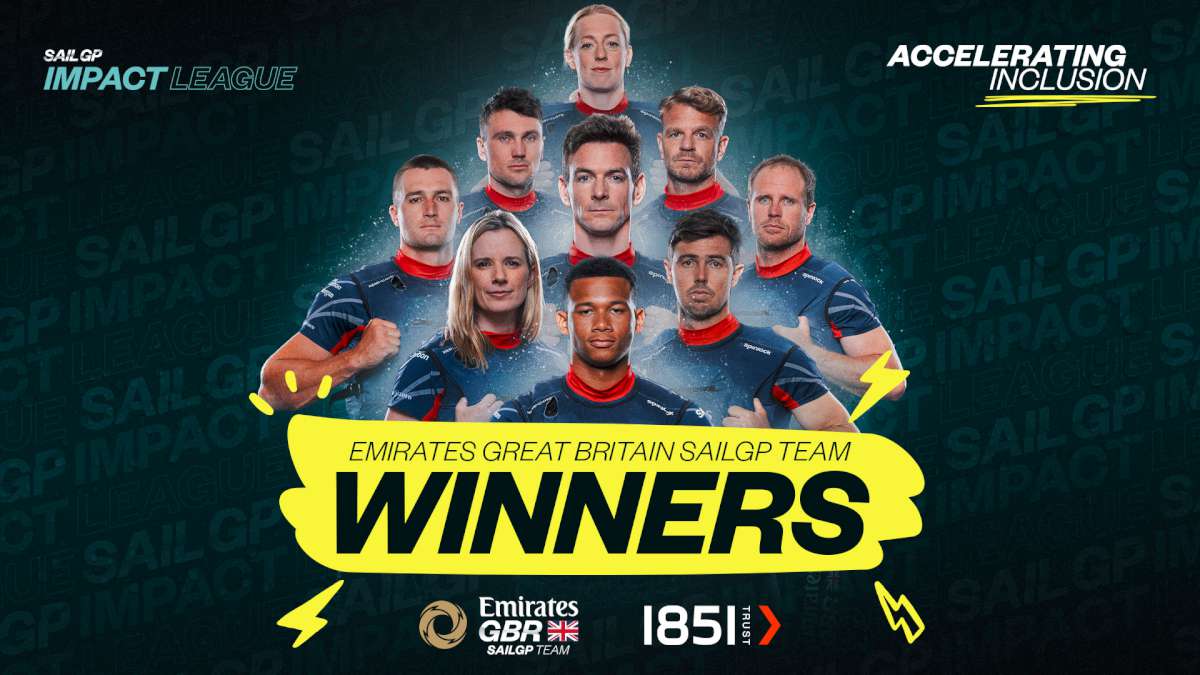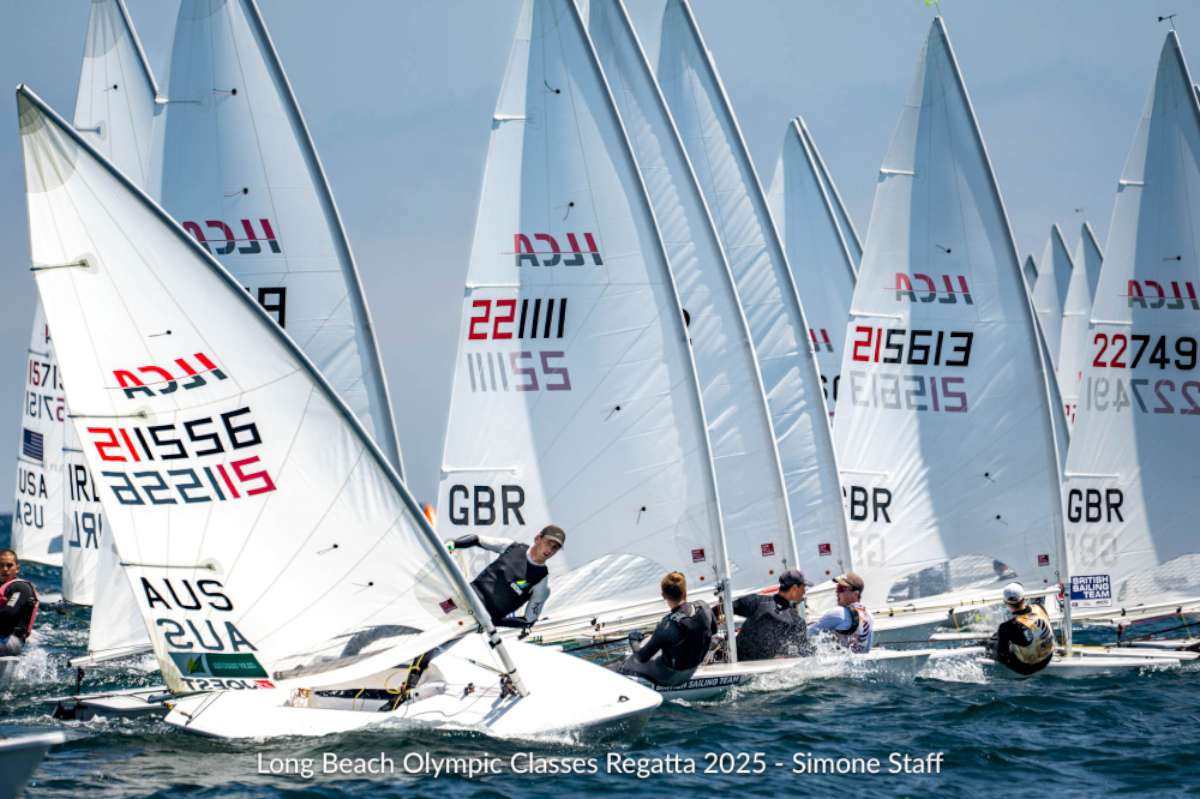The introduction of the new foil-assisted Figaro Bénéteau 3 has proven to have had a magnetic attraction to past winners of the famous annual La Solitaire Urgo Le Figaro, so much so that when the 47-strong fleet of solo racers start from Saint Nazaire, by Nantes, on Sunday 2nd June, there will be no less than six previous champions competing.
All have returned to solo ocean racing’s month long, multi stage, foundation discipline, the uncompromising school of hard knocks, which remains an essential proving ground. Three went on to win the Vendée Globe.
An all of this year’s real podium contenders, as well as the hard bitten year-in year-out French pros, and the incoming new generation of rookies, or ‘Bizuths’, all know that in France, success on La Solitaire opens doors to a future Vendée Globe campaign. The stakes are high.
The new 10.85m, 2900kgs VPLP one-designs are much more physically demanding and exacting to sail with a slender keel and rudders, foils in place of water ballast, a more powerful sail plan including asymmetric spinnakers and Code Zero.
Since the first batch of boats were handed over in late January it has been a race against time for the solo skippers and their teams to learn how to get the best performance at every different wind strength and angle.
This 50th edition of the race will span four very different stages, something of a voyage of discovery for the solo racers on this new generation boat. It is a race without equal.
There are sailors who by default have become experts in only this race. Gildas Morvan, for example, starts his 22nd participation. There are past Olympic classes and dinghy champions, Mini Transat sailors, some amateurs and the rookies, who are the rising stars of the future.
There are three past triple winners in Michel Desjoyeaux, Jérémie Béyou and Yann Éliès; a double winner (Armel Le Cléac'h); and two one-time winners (Alain Gautier, Yoann Richomme).
And there are many who have won at least one stage, including Yann Éliès (10), Alain Gautier (9), Jérémie Béyou (8), Michel Desjoyeaux (7), Armel Le Cléac'h (6), Gildas Morvan (6), Adrien Hardy (4), Anthony Marchand (2), Loïck Peyron (1), Corentin Douguet (1), Fabien Delahaye (1), Morgan Lagravière (1), Alexis Loison (1), Gildas Mahé (1) and Yoann Richomme (1).
This first stage will give an immediate insight to who is competitive for the overall standings. And so also it opens the competition for the top Bizuth or Rookie prize and for the new Vivi Trophy which will be presented for the first time to the top ranked skipper from outside of France.
Over the course of the race’s 50-year history some 53 foreigners have entered. In this fiftieth edition there are seven competitors from outside of France. From Switzerland Justine Mettraux finished 11th last year and has shown well in the early season races.
There are two Irish competitors (Joan Mulloy and Tom Dolan), two Englishmen (Will Harris and Alan Roberts), an Italian (Alberto Bona) and a New Zealander (Conrad Colman) all form the non-French Foreign Legion.
Among the dozen rookies who will take on their first La Solitaire URGO Le Figaro, the top contenders include the hotly tipped Benjamin Schwartz who was top rookie in the Solo Maitre CoQ and fourth overall. His CV is mainly in big boat racing including being part of the Spindrift Jules Verne attempt this year, as well as sailing on the SFS Volvo 70.
New Zealander Conrad Colman has raced three times around the world, completing the Vendée Globe and the Barcelona World Race but has never competed in this foundation class.
The 36-year old Kiwi says: “It does feel a little disingenuous being described as a rookie or bizuth when you have raced round the world, but the Figaro is its own beast and requires its own skills and so in terms of my skillsets and experience of what I have done, in this class I am very much a rookie.
“This whole season is about new targets and new learning and eating a lot of humble pie to develop these new skills. Over the last ten years it has been about going fast solo on heavy, fast and powerful big boats.
“This is much more about keeping a small, fast boat going fast 100% of the time. My goal is definitely to win the bizuth division but there are some very impressive sailors in this division too.”
The first stage of this landmark edition, appropriately, heads to the race’s most popular destination, Kinsale in the south of Ireland. Over the 50-year history of the solo race it has gone across the Celtic Sea to Kinsale 19 times. The only sailors in this fleet to have won into Kinsale are Adrien Hardy (2010), Alain Gautier (1997 and 1988), and Loïck Peyron (1986).
It will be essential to find a steady rhythm from the start on this 553 nautical mile leg. From the start off Pornichet on Sunday the fleet should have a wind flow of W-SW of around 10kts, ideal for the first opening 11-mile circuit. Then they head to a turn for a mark at Port Bourgenay before leaving Noirmoutier to port (57 miles after the start) as the wind veers west and eases.
From there it is 435 miles to reach the famous Fastnet light, probably racing through the Raz de Sein, and here there might be some chances for the weather experts to find the best of a Westerly flow.
Monday night, the wind seems to move to the South West around 12 knots or so to climb out to the Scilly Isles, the milestone leading to the Celtic Sea crossing out to the rock and then 50 miles back along the Irish coasts where the tidal coefficient is 89 in a Northerly offshore breeze.
Reaching Kinsale in touch with the leading peloton, the top overall group, will be essential. On such long stages – the second stage is 630nms, the third 450nms and the last 500nms – any initial big gaps are only likely to increase. So the first leg might be key.























